Home > Auctions > 23 - 27 May 2023
Ancient Art, Antiquities, Natural History & Coins
Auction Highlights:
Acquired 1971-1972.
From the collection of the vendor's father.
Property of a London, UK, collector.
Accompanied by an academic report by Dr Raffaele D'Amato.
This lot has been checked against the Interpol Database of stolen works of art and is accompanied by searcher certificate number no.11759-202773.
Cf. Oakeshott, E., The sword in the Age of the Chivalry, Woodbridge, 1964, pl.34a, for similar; also Aleksić, M., Mediaeval Swords from Southeastern Europe, material from 12th to 15th century AD, Beograd, 2007, especially cat. nos.260, pl.16, 3 (pommel T2, type XVIIIc) in Military Museum in Belgrade.
Ex Michael D Long Ltd, UK.
The Kusmirek Collection, UK.
Accompanied by an academic report by Dr Raffaele D'Amato.
This lot has been checked against the Interpol Database of stolen works of art and is accompanied by search certificate number no.11769-204122.
Cf. Dufton, A.R., European Armour in the tower of London, London, 1968, plate LXV, left.
A complete set of pikeman's armour consisted of a gorget, back and breast plates, and tassets. With the outbreak of the Civil War, obsolete equipment which had been stored in the Tower of London or in private armouries was brought into service together with more modern equipment. Helmets of this type were often furnished of cheek-pieces made of horizontal rows of blades.
Acquired on the UK art market.
The Kusmirek Collection, UK.
Accompanied by an academic report by Dr Raffaele D'Amato.
This lot has been checked against the Interpol Database of stolen works of art and is accompanied by search certificate number no. 11766-203985.
Cf. Tincey, J., Soldiers of the English Civil War (2): Cavalry, London, 1990, pl.F; Pyhrr, S.W., European Helmets, 1450-1650, Treasures from the Reserve Collection, New York, 2000, cat.no.63, for similar Dutch closed Burgonet.
During the latter half of the 16th century, the heavy 'knightly' lance gradually fell out of use, possibly because of the widespread adoption of the infantry pike. Also, the lance required a great amount of practice to perfect its use, whilst proficiency in the use of firearms was considerably more easily acquired. The lancer or demi-lancer, when he had abandoned his lance, became the pistol-armed cuirassier or reiter. The adoption of the pistol as the primary weapon led to the development of the stately caracole tactic, where cuirassiers fired their pistols at the enemy, then retired to reload whilst their comrades advanced in turn to maintain firing. Following some initial successes, this tactic proved to be extremely ineffective, as infantry, with superior firearms and numbers, could easily outgun the cuirassiers. The change from cavalry being reliant on firearms, to shock-capable close combat cavalry, reliant mainly on the sword, was attributed to Gustavus Adolphus of Sweden in the 1620s and 1630s, but was actually already widely practiced throughout Europe since the invention of pistol-armed heavy cavalrymen in the late 16th century.
with Peter Bunting Antiques.
The Kusmirek Collection, UK.
Accompanied by a copy of Peter Bunting invoice.
Cf. Mauro, M., Armeria della Rocca, mostra di armi antiche, Ancona, 1989, no.31.
The capeline or taschetto (capeline in English, derived from the word that in French indicates the hat) was a particular type of helmet widespread in Western Europe in the 17th century. It was a variant of the szyszak helmet used by the cavalry forces of the Ottoman Empire and Muscovy, as well as by the winged hussars of the Polish-Lithuanian Commonwealth in the post-Renaissance era. The helmet was mainly used by armoured cavalrymen in various European armies of the 17th century, and it was one of the typical helmets of the Thirty Years' War.
Acquired from Peter Bunting Antiques.
The Kusmirek Collection, UK.
Accompanied by copies of an invoice and previous listing.
Acquired on the European art market.
The Kusmirek Collection, UK.
Accompanied by a copy of an invoice.
Accompanied by an academic report by Dr Raffaele D'Amato
This lot has been checked against the Interpol Database of stolen works of art and is accompanied by search certificate number no.11767-203981.
Cf. Mauro, M., Armeria della Rocca, mostra di armi antiche, Ancona, 1989, no.1, for similar.
The term armet is generally used to denote a visored helmet of particular construction, one in which large cheekpieces are hinged to the base of the bowl just above the ears and close in front of the chin. From about 1515 A.D., the Germans produced a variant armet where the downward extension of the skull was made much wider, reaching as far forward as the ears. The cheekpieces on this type of helmet opened sideways, on vertical hinges on the edges of this wider neck element.
with Thomas Del Mar Ltd, 7th December 2017, lot 542.
The Kusmirek Collection, UK.
Accompanied by a copy of the Thomas Del Mar invoice.
Accompanied by an academic report by Dr Raffaele D'Amato.
This lot has been checked against the Interpol Database of stolen works of art and is accompanied by search certificate number no.11762-203983.
Cf. Mauro, M., Armeria della Rocca, mostra di armi antiche, Ancona, 1989, p.94, no.15; Hayward, J., L’armeria del Castello di Monselice, Venezia, 1980, p.37, no.25, pl.22.
The burgonet (Italian borgognotta) had developed at the beginning of the 16th century from the sallet and soon became a very popular helmet worn in many parts of Europe (especially in Germany and Northern Italy) by infantry and later cavalry units. A clear advantage of this helmet was the unifying a good protective function against cut and thrust weapons with a unhindered field of sight, good ventilation and user comfort due to the small weight and the fact it could be worn independently without an armour.
Private collection, Munich, Germany, 1970s.
Private collection, London, UK, 2014, acquired from the above.
Cf. similar sword in the Muzeum Topkapi Saray, nr.380, in Zablocki, W., Cięcia prawdziwą szablą, (Cuts with a real sabre), Warszawa, 1989, no.75, p.264.
The Turkish sabres from 15th century, had hilts similar to Omayyad and Abbasid's swords. The blades were long and heavy and were most probably used for swinging cuts, and were particularly convenient for point-thrusts when fighting on foot.
From a Southern Californian museum, with accession numbers.
Ex American collector.
Acquired from TimeLine Auctions, UK, 2018, lot 181.
The Kusmirek Collection, UK.
This lot has been checked against the Interpol Database of stolen works of art and is accompanied by search certificate no.204020.
See Calvert, F., Spanish Arms and Armour, Madrid, 1907, for discussion; see also de Hoffmeyer, A., Arms and Armour in Spain, 1982.
Trinity College, Hartford was founded in 1823; further research in their archives could provide more information on this cuirass set and the site of the 'Spanish galleon' shipwreck discovered in about 1870.
Acquired 1990s-early 2000s.
East Anglian private collection.
See Funcken, L. & Funcken F., Le costume, l'armure et les armes au temps de la chevalerie, de huitieme au quinzieme siecle, Tournai,1977, pp.66-69, for reconstruction of how such hand cannons were used.
At the beginning of the 14th century, among the infantry troops of the Western Middle Ages, developed the use of manual cannons (such as the Italian schioppetti, spingarde, and the German Fusstbusse). The new weapon had, compared to the bow and the crossbow, the advantage of not needing any particular care, of being manufactured more quickly and of being cheaper.
Acquired from MDL Historic Military Antiques, UK.
The Kusmirek Collection, UK.
Accompanied by a copy of the purchase invoice and regiment details.
See Withers, Harvey J. S., Swords and Sabres, 2011, p.194, for the type.
This pattern sword would have been in use during the Crimean War period and the regiment served at Balaclava as part of the Heavy Brigade.
Acquired from Military Swords Ltd, UK, 2015.
The Kusmirek Collection, UK.
Accompanied by a copy of the purchase invoice and item details.
See Withers, Harvey, J. S., Swords and Sabres,2011, p.192, for similar example.
157 - 168 of 2508 LOTS

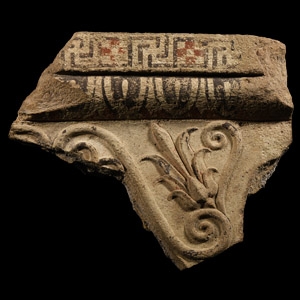
.jpg)


.jpg)
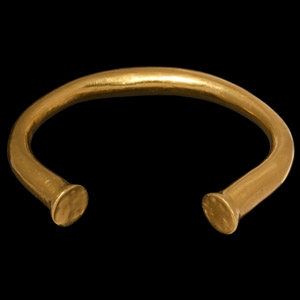
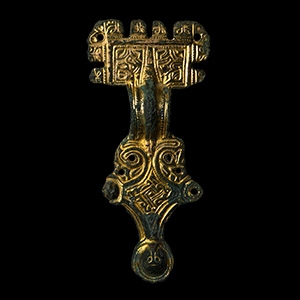

.jpg)
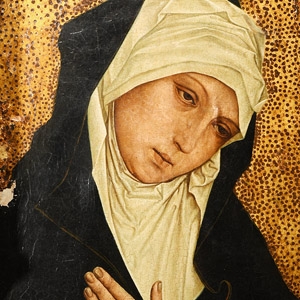

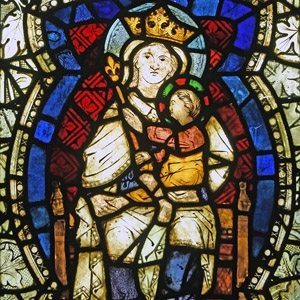
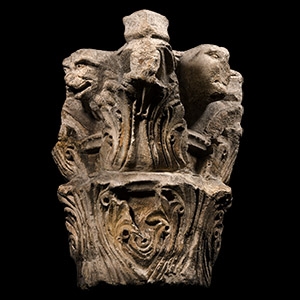
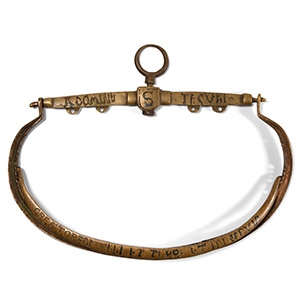
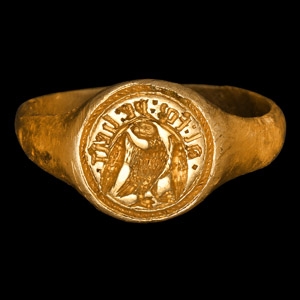
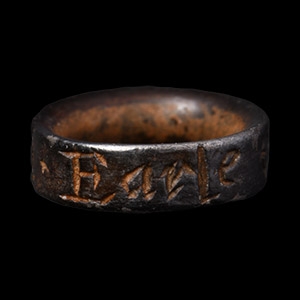
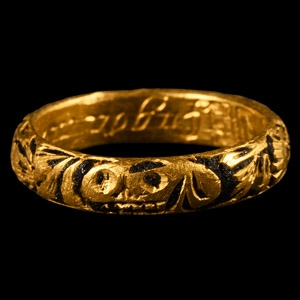
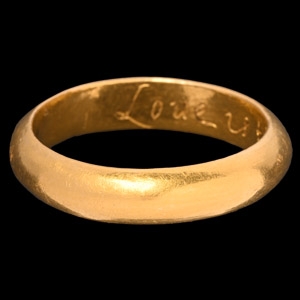
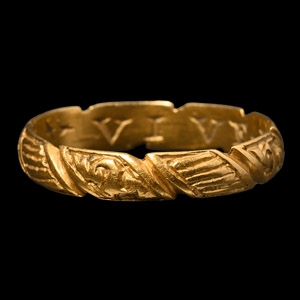
![English Milled Coins - George VI - 1937 - Cased RM Proof Coronation Gold Set [4] English Milled Coins - George VI - 1937 - Cased RM Proof Coronation Gold Set [4]](https://timelineauctions.com/upload/images/items/small/203351-s(2).jpg)
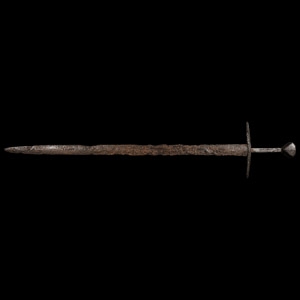
.jpg)
.jpg)
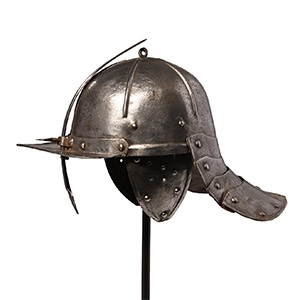
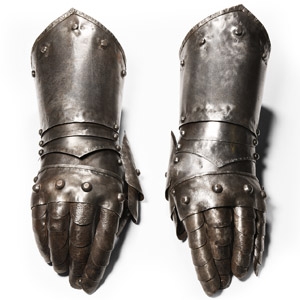
.jpg)
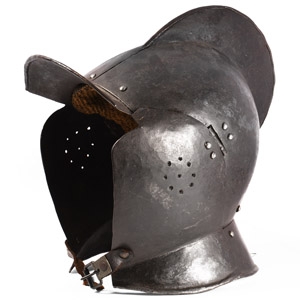

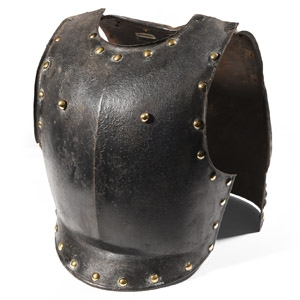

.jpg)
.jpg)



